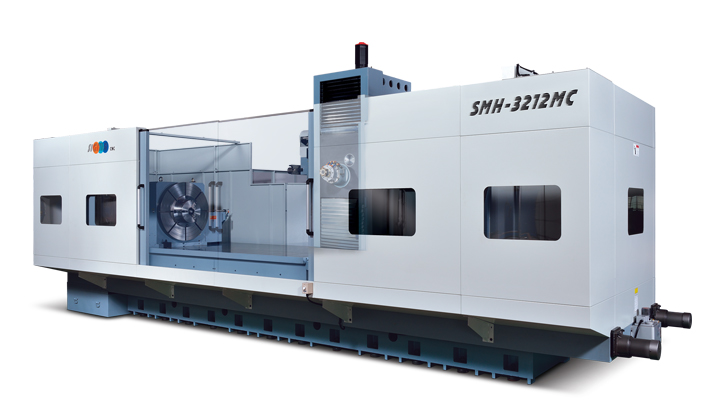Urethane treated nylon, polyethylene, polyester, and KVX200™ are common material used in batting cage nets. However, KVX200™ premium netting is a commercial polymer that is also used in bullet proof vests. This material is strong, lightweight, does not absorb water, and resists breakdown in direct sunlight. KVX200™ employs an integral UV inhibitor. This means that the UV inhibitor is one component that is already inside the polymeric blend that gets extruded into individual fibers. Those fibers are then twisted or braided into twine. Since the UV inhibitor is built right into KVX200™, the UV inhibitor doesn’t wear off, as it can with nylon. Since KVX200™ doesn’t absorb water as nylon can, it resists rotting better than nylon or other materials.
KVX200™
KVX200™ is more expensive than polyethylene, although it is less expensive than nylon. While KVX200™ may be stronger than polyethylene, it doesn’t have the break strength of Nylon. KVX200™ is priced between nylon and polyethylene netting. For outdoor use the performance is nearly on par with nylon. These cages may provide the best value for those concerned with both quality and price.
Nylon
If you have an indoor cage, and durability and break strength is more important than budget, nylon netting is right for you. Nylon has the strongest break strength, and is by far the most durable netting for indoor use. Nylon has excellent resistance to abrasion, and outstanding overall durability. However, nylon is expensive.
Because nylon netting can absorb water, many manufacturers treat the nylon with some sort of bonding agent by either dipping or spraying the twine. Although treating nylon with a bonding agent will dramatically reduce nylon’s tendency to soak up water, it doesn’t stop it entirely. Eventually, nylon will likely shrink and rot.
When compared with polyethylene netting, nylon is initially stronger than polyethylene, but deteriorates faster. Nylon loses between 15% and 20% of its strength each year depending on conditions. For year one, a #36 nylon will have a greater break strength than a #36 polyethylene, but depending upon weather conditions, by the end of the third year polyethylene may be as strong, and KVX200™ may be stronger.
Although nylon netting has a high initial break strength, if left outside that strength can deteriorate rapidly. Nylon absorbs water and loses strength in direct sunlight. For indoor applications, nylon is an excellent choice. If your netting will be exposed to adverse weather, consider polyethylene or KVX200™.
Polyethylene
Polyethylene batting cage net is inexpensive and does not deteriorate as quickly due to moisture. As the netting is exposed to moisture, polyethylene retains a higher percentage of its strength than nylon. Polyethylene does not absorb water, so the problem of rotting and shrinkage disappears.
Polyethylene netting has drawbacks as well. Most blends of polyethylene don’t hold up well to direct sunlight. Not all polyethylene cages incorporate UV inhibitors. Ours do. This works well for indoor application, but it may not be practical over extended periods of outdoor use, especially in warmer climates.
Holy Hoe Enterprise Co., Ltd. is the expert of producing sports netting. Holy Hoe’s batting cage nets are provided in a low cost and high quality for your baseball training facility. If you are interested in learning more details about these nets, welcome to contact with Holy Hoe right now!
Article Source: https://www.battingcagesinc.com/faq/


